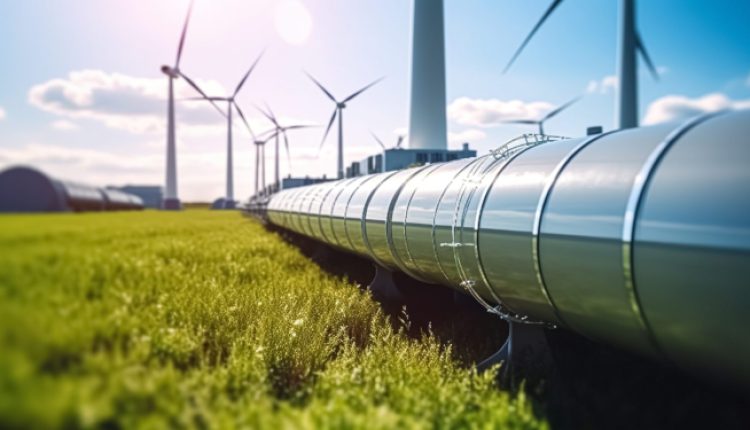
Guide to Proposed 45V Clean Hydrogen Tax Credit in Inflation Reduction Act
TL/DR –
The Inflation Reduction Act (IRA) includes incentives for clean energy sources like hydrogen, such as the Clean Hydrogen Production Tax Credit and the Energy Credit. The Section 45V hydrogen credit is meant for hydrogen with life cycle greenhouse gas emissions below 4kg CO2 equivalent per 1 kg of hydrogen produced, and it can be claimed for a decade following the facility’s service date, provided the construction started before 2023. The guidance also includes rules for determining life-cycle GHG emissions, the emissions rate of hydrogen production, and the use of energy attribute certificates to document electricity purchased from minimal-emitting sources.
Incentives for Clean Energy Investment: Understanding the Inflation Reduction Act
The Inflation Reduction Act (IRA) promotes private sector investment in clean energy, with specific incentives for low-carbon fuels such as hydrogen. In December 2023, the U.S. Department of Treasury and Internal Revenue Service (IRS) released guidelines for the Clean Hydrogen Production Tax Credit (Section 45V) and the Energy Credit (Section 48).
Section 45V Hydrogen Credit: Important Aspects
This article explains the IRA’s Section 45V hydrogen credit framework and the key elements of the proposed guidelines, which are currently provisional and may be revised. The Section 45V credits are available for hydrogen production with life-cycle greenhouse gas (GHG) emissions below 4 kg CO2 equivalent per 1 kg of hydrogen, which is termed “qualified hydrogen”. Investors can claim this credit for hydrogen produced after December 31, 2022, for 10 years from the facility’s operational date, provided construction started before January 1, 2033. Facilities that fulfill prevailing wage and apprenticeship (PWA) requirements can receive five times the baseline credit. The maximum tax credit stands at $3 per kg of hydrogen, for the production that generates less than 0.45 kg CO2 equivalent per 1 kg of hydrogen and adheres to the PWA requirements.
Guidelines for Estimating Life-cycle GHG Emissions
The evaluation of life-cycle GHG emissions involves a well-to-gate system boundary encompassing upstream emissions from feedstock growth, gathering, extraction, processing, and transportation to a hydrogen production facility. Investors can determine the emissions rate through the latest 45VH2-GREET model or the provisional emissions rate (PER) process. For hydrogen produced using electricity, the guidelines propose the use of Energy Attribute Certificates (EACs) to verify the use of low-emission sources. To qualify, an EAC must fulfill incrementally, temporal matching, and deliverability requirements. The proposed guidelines also briefly discuss hydrogen production methods using renewable natural gas (RNG) or captured fugitive methane.
Public Comments on Proposed 45V Tax Credit Guidance
Here are the ICCT’s public comments on the proposed 45V tax credit guidelines, containing potential improvements.
—
Read More US Economic News
